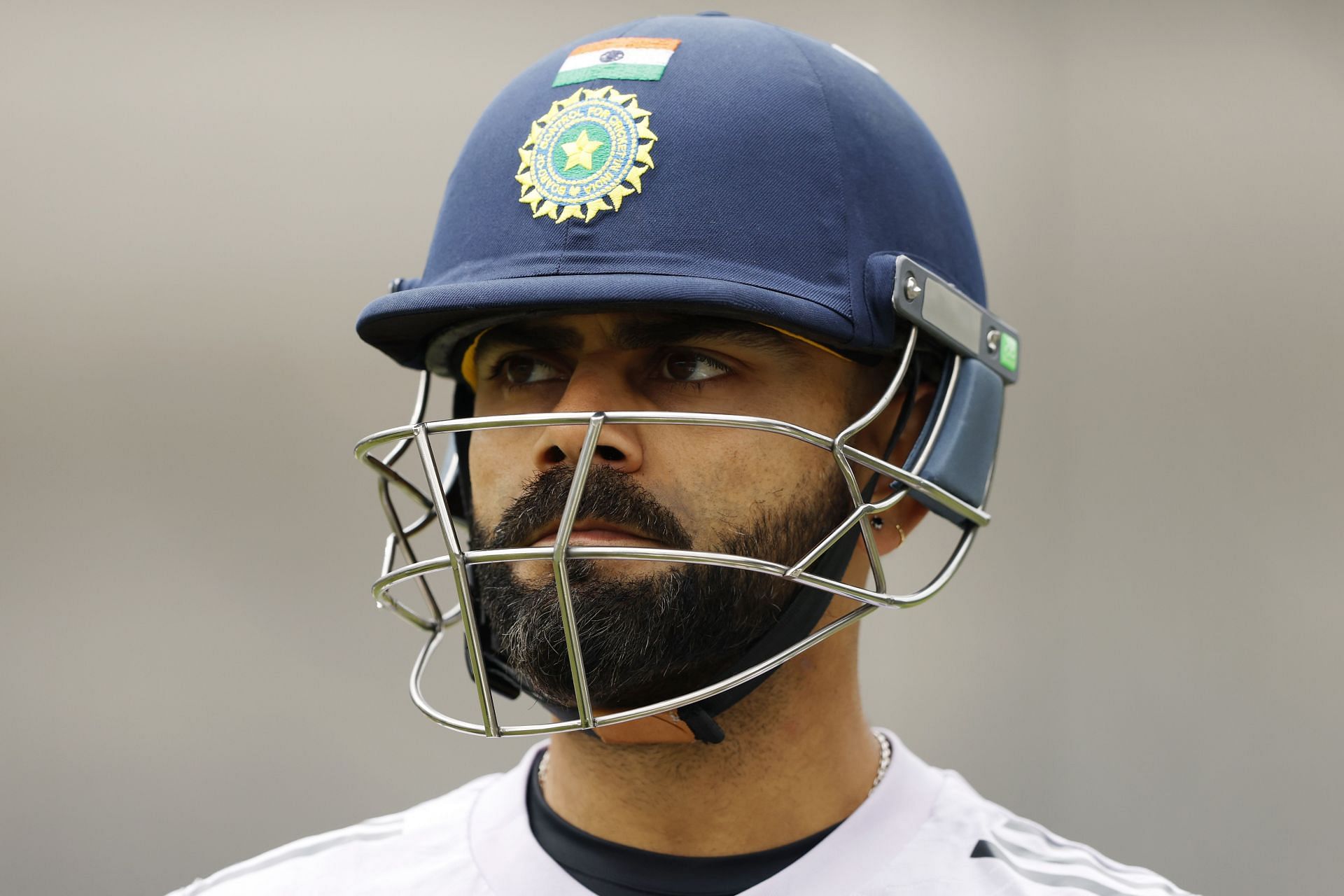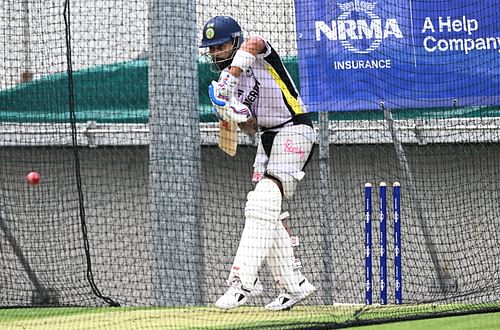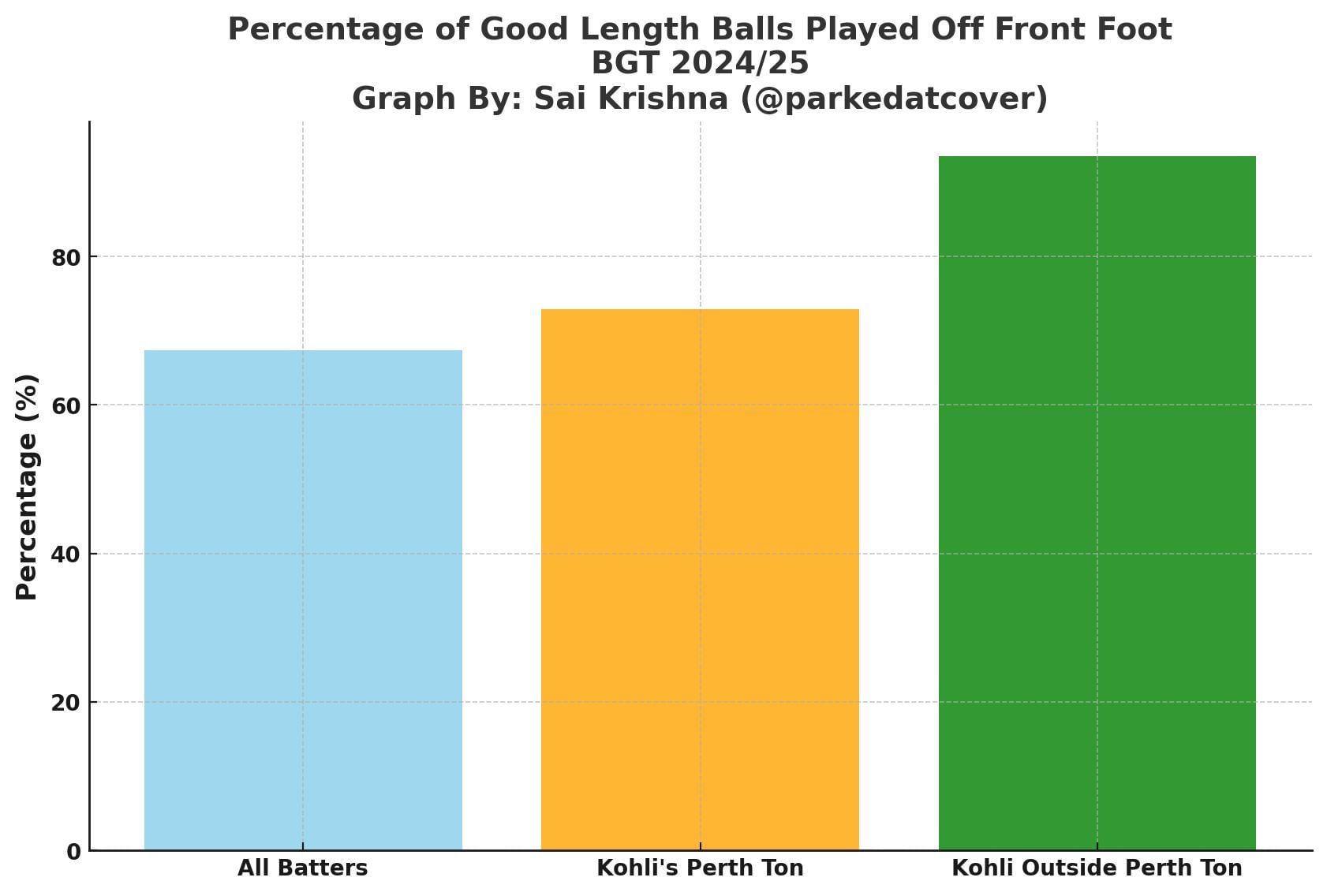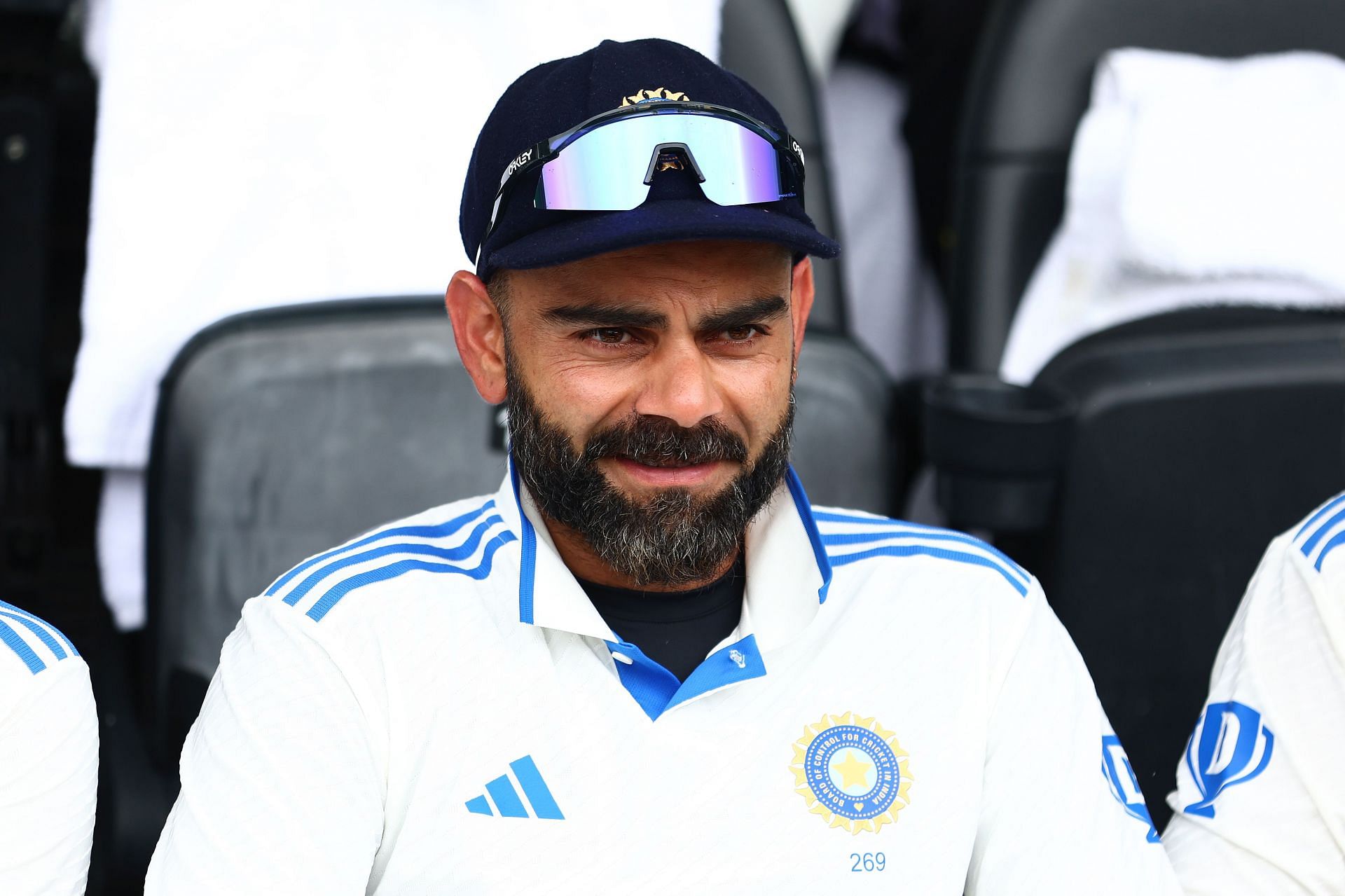
Virat Kohli, the master of microadjustments, meets a massive Melbourne Test
Less than two months after Sam Konstas celebrated his first birthday in Sydney, Virat Kohli made his Ranji Trophy debut in Delhi. Now, as Konstas gears up to play his debut Test on Boxing Day in Melbourne, Kohli is somehow still around.
Not only is he still around, but with 121 Tests, 9,166 runs, and 30 centuries, Kohli is also a certified legend of the game and one of India's greatest-ever batters without a shadow of doubt. But the runs have dwindled from a gushing ocean to trickling droplets from a leaky tap.
The average has dropped to 47.49. Kohli has only three Test hundreds since the start of 2020. The last time he scored more than 675 runs in Tests in a calendar year was in 2018. In the current Test season, the 36-year-old averages 24.46 in eight matches.
The emphasis is on "36-year-old". In an international career spanning 16 years, Kohli has evolved, evolved, and evolved. He has experienced his share of lows, such as the one he's going through now, but he's almost always found a way to bounce back.
After the ill-fated 2014 tour of England, Kohli had to make microadjustments to succeed. The obvious thing to do was to bat outside the crease to cut down lateral movement, as well as to leave well, but those weren't the only changes. He sported a distinctly more side-on stance on his 2018 tour, getting him closer to deliveries in the channel.
Consultations with Sachin Tendulkar and Ravi Shastri revealed that Kohli had an issue with his hip position, which was opening up and leaving him vulnerable to his favorite shots outside off stump.
“I had some success against him in 2014 and then he came back a completely different player in 2018 and was incredible,” James Anderson once said.
Then, in Australia, Kohli defied all conventional wisdom by playing pretty much everything, including his pulls, off the front foot. He later claimed that Duncan Fletcher gave him the idea of making his stance wider and consequently his base more firm to help him get at the bowling, but not all batters can pull that off.
Kohli's reflexes needed to be at their absolute best to rely on an exaggerated forward press on quick, bouncy Australian wickets. And they were - in the 2014/15 Border-Gavaskar Trophy, the superstar batter averaged 86.5 in four Tests, finishing as India's highest run-scorer by a landslide margin.
Throughout this period, Kohli has been making minor technical tweaks, and for the most part, he has been successful. His ability to adapt across conditions and formats, with gentle adjustments to his stance, backlift, trigger, foot movement and shot selection, has been nothing short of superhuman. 27,260 international runs speak more than any article about him.
However, microadjustments won't cut it for Virat Kohli any longer. To succeed Down Under, he needs to come up with a massive overhaul of his technique, and he needs to do it with his series - and potentially his career - on the line.
BGT 2024/25: Frontfoot reliance and dwindling reflexes

Australia have bowled really well to Virat Kohli. On the current tour, he has faced 200 balls, of which only six have been either short or overpitched. All six were in Perth's second innings, where the 36-year-old notched up an important century.
Pat Cummins and Co. have hit the good length almost 85% of the time, giving Kohli barely any breathing room. Now, given that the Aussie pacers are banging away at a good length and getting considerable seam movement in both directions, what can Kohli do to survive?
There's an obvious answer: Kohli can't be as frontfoot-dominant as he currently is. In his Perth ton, he played 73.5% of good length balls off the front foot. Outside that century, the number shoots up to an astonishing 93.5%.

With the extra bounce in Perth and Brisbane playing a big role, batters have averaged nearly 15 more when playing good length balls off the back foot. Hanging back (relatively at least) isn't the worst idea. But that isn't even the biggest issue, since Kohli himself averages 66 off a good length in the series so far.
Kohli's main problems crop up when he faces back-of-a-length deliveries. His average drops from 66 to 11.5 in that length, while the average batter in the series so far has managed a respectable 37. Both of his dismissals have been off the back foot, but his weight hasn't been fully back.
While the ageing batter's legs are plunging forward, his hand-eye coordination isn't what it once was. His reflexes - his feet, and his body, and his hands - aren't what they once were. Kohli is battling the battle every sportsperson has to battle once they hit 30; in fact, it's beyond admirable that he's gotten to 36.
Drastic changes the need of the hour for Virat Kohli

Leaving deliveries alone isn't the solution. In fact, data suggests that Kohli is leaving much more often than he was before his post-pandemic slump. Moreover, run-scoring will dry up totally if he does, given his go-to shots and the Aussie pacers' relentlessness, and that will be far from ideal for everyone involved.
Kohli doesn't have the range of backfoot strokes needed to make fast run-scoring a realistic possibility. He isn't a Travis Head, who can scythe balls close to the stumps away to the boundary. In fact, he isn't even a batter who plays the cut with any degree of frequency or efficiency against pace.
But if he is to turn his series around, Kohli needs to hang back. He needs to allow the ball to come to him, and not charge at it. He needs to rely on the cut, the pull, and most importantly, the backfoot punch. Drives just aren't cutting it (no pun intended).
Kohli also needs to go back to something that worked for him on his later England tours, where he covered for the away-nipper by getting outside the line of the ball. He reached a point in his career where he would rather inside-edge the ball than nick it behind, and even if it meant that he wasn't in total control, his hand-eye was clearly more trustworthy close to his body.
25 of Kohli's last 26 dismissals in Australia have been caught, and the other was a run-out. He isn't a bowled or LBW candidate Down Under, and he needs to play like he isn't.
Kohli's hips must be totally closed. His right shoulder must not be visible, and his side-on body orientation needs to cover the line of the ball. His bat must be closer to the keeper than the slip cordon, preventing him from playing around deliveries on the stumps.
Even if Australia's bowlers rock up with the wobble seam, which puts doubts in batters' minds with its threat of moving unpredictably in both directions, the 36-year-old must back himself to handle the one nipping back in.
Thrust into the cauldron at the MCG, and up against a rampaging Jasprit Bumrah, Konstas will be under pressure. Kohli is twice his age with 14 times as much first-class experience, but he won't be in a dissimilar situation.
It's perform or perish, and to perform, the master of microadjustments needs to enter the macro scale.